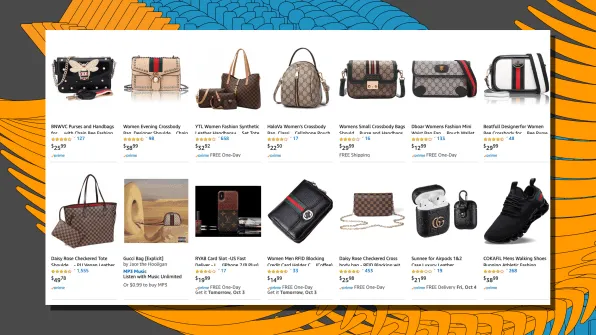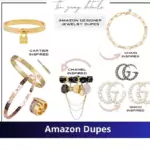How to Deal with Amazon Counterfeit Claims

As an Amazon seller, you know how crucial it is to protect your brand’s reputation and credibility. But, unfortunately, counterfeit claims can arise even if you’re selling legitimate products. Amazon takes these claims seriously and has strict policies in place to ensure that their marketplace remains safe for buyers and sellers alike. If you’ve received a counterfeit claim, you may feel frustrated and unsure of what steps to take. In this article, we’ll provide you with a comprehensive guide on how to deal with Amazon counterfeit claims so that you can protect your brand and continue to thrive on the platform.
Understanding Amazon’s Counterfeit Policies
Before we dive into the steps you can take to deal with counterfeit claims, it’s essential to understand Amazon’s policies on counterfeit products. Amazon prohibits the sale of counterfeit products and has strict penalties for sellers who violate this policy. If Amazon suspects that you’re selling counterfeit products, they may take several actions, including:
- Suspending your account
- Removing your listings
- Holding your payments
- Pursuing legal action
It’s important to note that Amazon takes these claims seriously and investigates them thoroughly. If Amazon determines that your product is, indeed, counterfeit, they will take swift action to protect their customers and ensure that their marketplace remains safe.
Responding to a Counterfeit Claim
If you’ve received a counterfeit claim, the first step is to respond promptly and professionally. Amazon requires sellers to respond to all claims within seven days, so it’s crucial to act quickly. When responding to a claim, keep the following in mind:
- Be professional: Avoid getting defensive or argumentative. Remember that Amazon’s goal is to protect their customers, not to harm your business.
- Provide evidence: If you believe that the claim is inaccurate, provide evidence to support your position. This evidence can include receipts, invoices, or other documentation that proves the authenticity of your product.
- Apologize: Even if you believe that the claim is unfounded, it’s essential to apologize for any inconvenience that the customer may have experienced. This shows that you take the claim seriously and are committed to resolving the issue.

Investigating the Claim
Once you’ve responded to the claim, Amazon will investigate the matter. During this process, Amazon may request additional information from you, such as invoices or product samples. It’s essential to be cooperative during this process and provide any information that Amazon requests promptly.
Preventing Future Counterfeit Claims
Dealing with counterfeit claims can be time-consuming and frustrating, but there are steps you can take to prevent them from happening in the first place. Here are a few tips to help you protect your brand and avoid counterfeit claims:
- Source your products from reputable suppliers: Work with suppliers that have a proven track record of providing authentic products.
- Conduct thorough quality control checks: Before listing your products on Amazon, conduct thorough quality control checks to ensure that they’re authentic and meet Amazon’s standards.
- Monitor your listings: Keep a close eye on your listings to ensure that they haven’t been hijacked by counterfeiters.
- Educate your customers: Educate your customers on how to spot counterfeit products and encourage them to report any suspicious activity.
Appealing a Decision
If Amazon determines that your product is counterfeit, they will take action, which may include removing your listings, holding your payments, or suspending your account. If you believe that Amazon’s decision is inaccurate, you can appeal the decision by submitting a plan of action that outlines the steps you’ve taken to prevent future counterfeit claims.
Conclusion
Dealing with counterfeit claims can be a challenging and time-consuming process, but it’s essential to take these claims seriously and respond promptly and professionally. By understanding Amazon’s policies on counterfeit products



